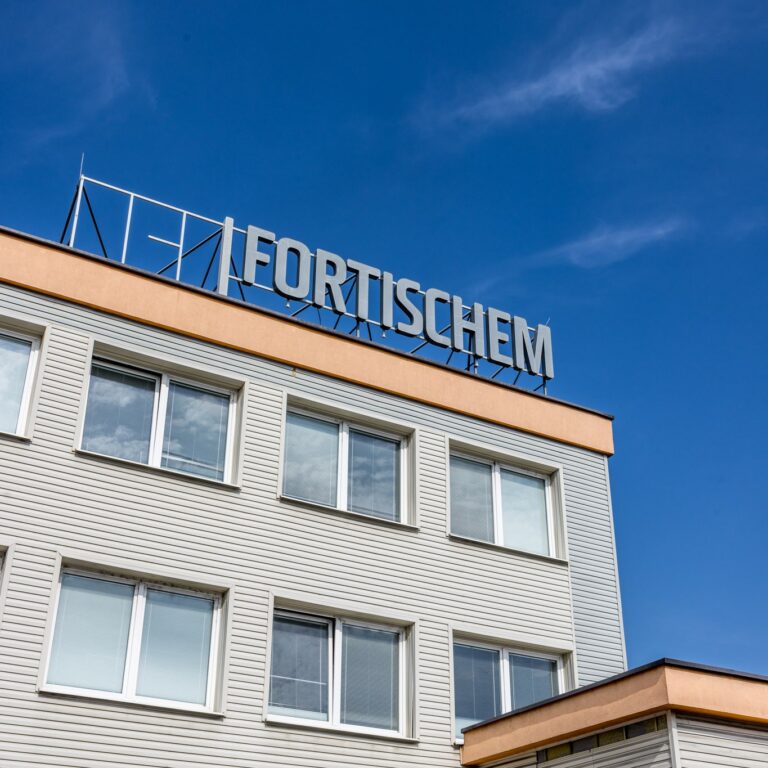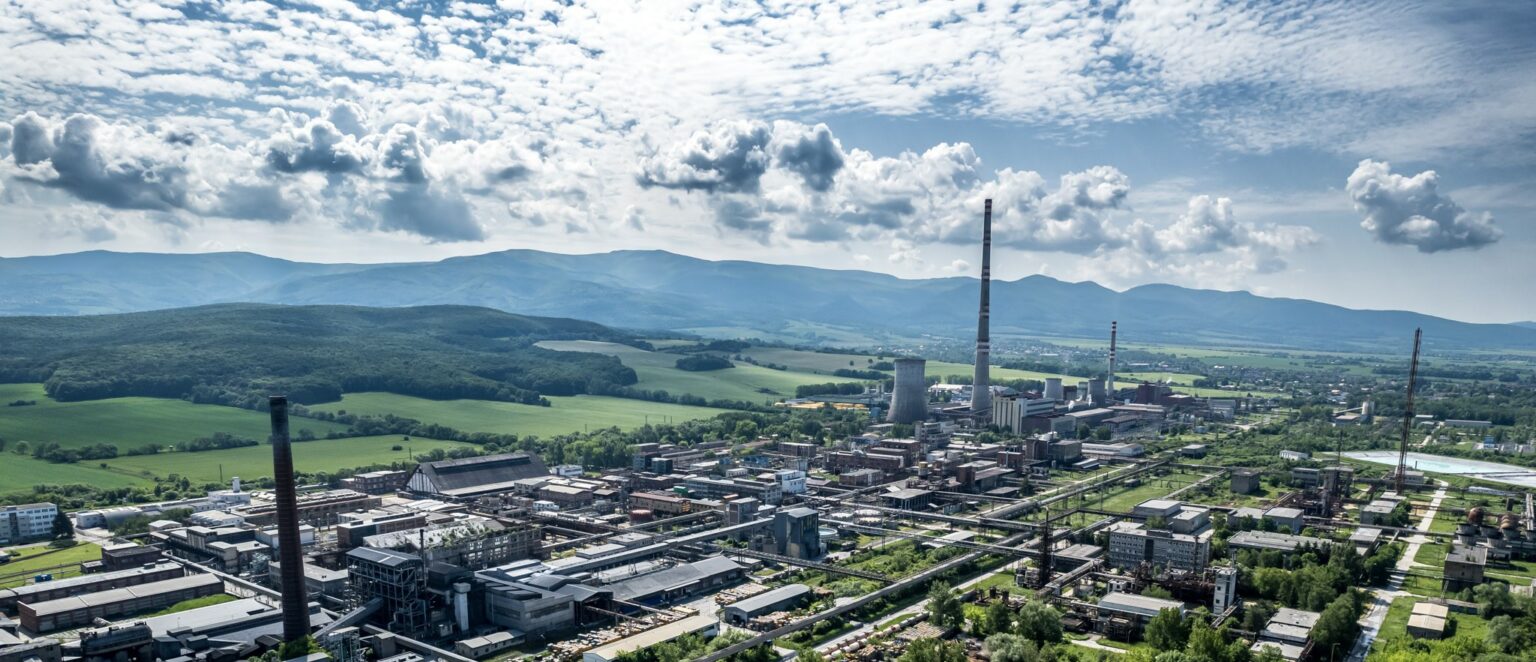Thermal energy
FORTISCHEM a. s. in the field of thermal energy within the meaning of Act 657/2004 on Thermal Energy, Act on Regulation 250/2012 and as amended by later regulations, operates in the scope of heat production and heat distribution.
As an operator of heat distribution systems and facilities, it is obliged to ensure non-discriminatory, transparent, safe access, connection and operation of the heat equipment system.

Technical conditions
The qualitative parameters of heat supply in the distribution systems are:
- steam 0,6 MPa: temperature between 150 °C and 242 °C; overpressure between 0,40 MPa and 0,55 MPa
- 2,1 MPa steam: temperature range 210 °C to 336 °C; overpressure range 1,80 MPa to 2,15 MPa
- UK hot water: temperature between 44 °C and 77 °C; overpressure between 0,32 MPa and 0,40 MPa
- DHW: temperature between 55 °C and 65 °C; overpressure between 0,32 MPa and 0,40 MPa
When a new customer requests a connection to the system of thermal equipment, it is necessary to submit an application for connection, in which the required quantity and parameters of the heat transfer medium or heating curve will be specified. If the thermal equipment system is able to provide such parameters, the method and place of connection, the size of the connection, the thickness of the insulation will be specified to the customer by the operator of the thermal equipment system.
Qualitative parameters of heat supply from sources to distribution systems are:
- Steam production VT – Steam production 2,1 MPa: max. 2×16 t/h with outlet pressure 1,85 – 2,00 MPa and temperature 250 °C to 300 °C
- Steam production NT – CO incineration plant: max. 25 t/h with an outlet pressure of 0.45 – 0.54 MPa and a temperature of 200 °C to 224 °C
- Steam production NT – Thermal treatment of chlorinated hydrocarbons: max. 6.8 t/h with an outlet pressure of 0.43 – 0.5 MPa and a temperature of 153 °C to 158 °C
The parameters of the delivered steam at the point of consumption depend on the power loads of the individual branches, the dimension of the connection pipe and the consumers’ off-take. The condensate is collected from individual steam consumers into central storage tanks in the heat management building. The quantity or heat content of the returned condensate from customers is measured at the inlet to the main condensate distribution lines. The data are evaluated and taken into account in the monthly heat distribution to customers.
Price of heat
The price of heat consists of two components:
- fixed component
- variable component
Both price components are regulated by the Office for Regulation of Network Industries (URSO). urso.gov.sk
